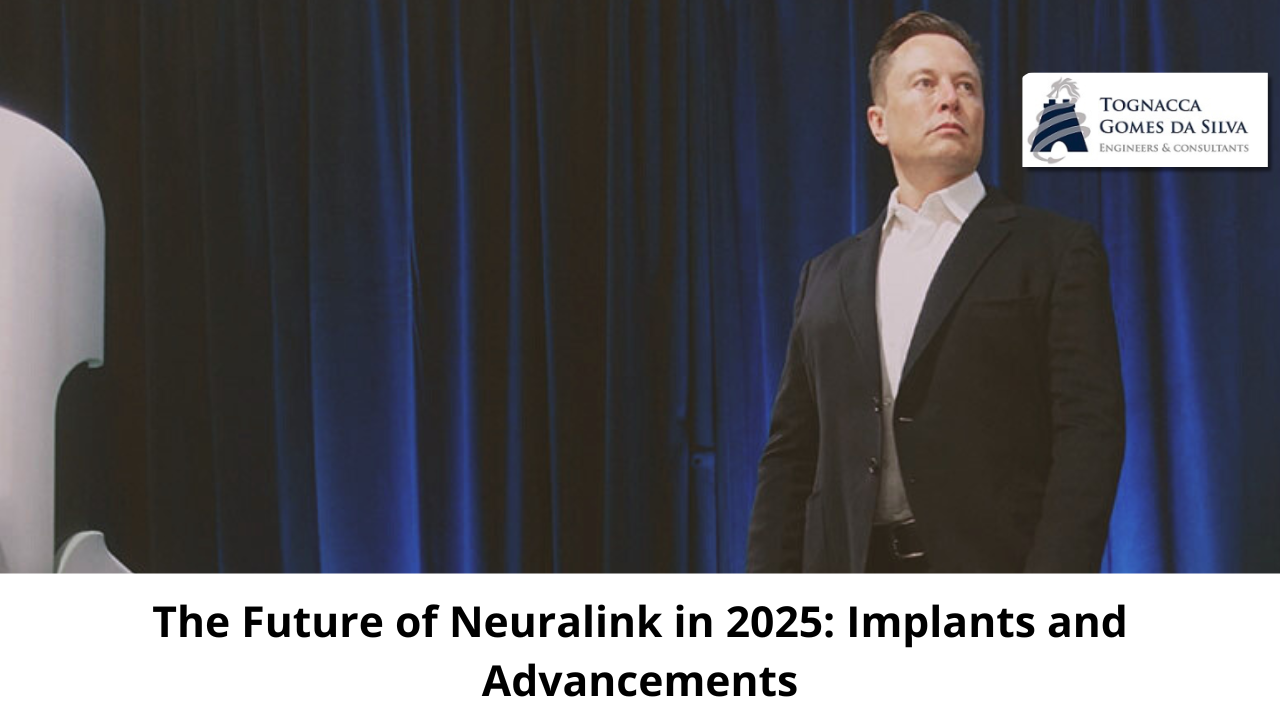In November, a young man named Noland Arbaugh announced that he would live stream from his home for three days straight. The broadcast had typical aspects, such as a tour of the backyard, video games and the participation of his mother.
The difference is that Arbaugh, who is quadriplegic, has thin wires with electrodes installed in his brain. He uses them to move a computer cursor, click menus and play chess. The implant, called N1, was installed last year by neurosurgeons at Neuralink, Elon Musk’s brain interface company.
The ability to capture signals from neurons to move a computer cursor was first demonstrated in the laboratory more than 20 years ago. Now, Arbaugh’s broadcast indicates that Neuralink is much closer to creating a practical experience that can restore people’s everyday ability to surf the internet and play games, offering what the company calls “digital freedom.”
However, this is not yet a commercial product. The current studies are small-scale—true experiments to understand how the device works and how it can be improved. For example, last year, more than half of the electrode wires installed in Arbaugh’s brain retracted, impairing his control over the device. Neuralink quickly implemented adjustments so that it could use the remaining electrodes to move the cursor.
Neuralink didn’t respond to our emails seeking comment, but here’s the breakdown on what to expect from the company in 2025.
More patients
How many people will receive these implants? Musk often predicts big numbers. In August, he posted on Platform X: “If all goes well, there will be hundreds of people with Neuralinks in a few years, perhaps tens of thousands in five years, and millions in 10 years.”
In practice, the pace is much slower. In studies of new devices, it is common for the first patients to be treated every few months to monitor for potential problems.
Neuralink publicly announced that two people have already received the implant: Arbaugh and a man identified only as “Alex,” who underwent the procedure in July or August.
On January 8, Musk revealed in an online interview that the technology had been implanted in a third person. “We now have three patients, three humans with Neuralinks implanted, and they are all working… well,” Musk said. He added that, in 2025, he hopes to perform, “maybe 20 or 30 implants.”
Barring major setbacks, the pace of implants should increase, although probably not at the speed promised by the billionaire. In November, Neuralink updated its U.S. clinical trial list to include five spots (up from the initial three) and opened a trial in Canada with room for six. Considering only these two studies, the company would carry out at least two more implants by the end of 2025 and eight by the end of 2026.
However, by opening new international studies, Neuralink could accelerate the pace of experiments.
Better control
How good is Arbaugh’s mouse control? You can get an idea by playing Webgrid, a game where you try to quickly click on a moving target. The program converts your speed into a measurement of information transfer: bits per second.
Neuralink claims that Arbaugh achieved a rate of more than nine bits per second, doubling the old record for brain interfaces. According to the organization, a typical user without disabilities achieves around 10 bits per second.
Still, during his live broadcast, Arbaugh complained that the mouse control was “not very good” because his “model” was outdated. He was referring to mapping imagined physical movements to mouse movements. This mapping degrades over hours and days. To recalibrate it, Arbaugh mentioned that he spends up to 45 minutes performing retraining tasks on his screen, such as imagining moving a dot from the center to the edge of a circle.
Improving the software that connects Arbaugh’s brain to the mouse is an area of great focus for Neuralink—which has made great efforts in this regard. Among the objectives is to reduce recalibration time to just a few minutes. “We want them to feel like they’re in a Formula 1 car, not a minivan,” Bliss Chapman (brain-computer interface software team leader) told podcaster Lex Fridman last year.
Device changes
Before Neuralink can seek approval to commercialize its brain interface, it will need to define the final design of the device, which can be tested in a “pivotal trial” with around 20 to 40 patients, demonstrating that it actually works as expected. This type of study could take a year or two and has not yet been announced.
In fact, Neuralink is still tweaking its implant in substantial ways—providing, for example, more electrodes or increasing battery life. This month, Musk said upcoming tests would use an “upgraded Neuralink device.”
The company also continues to develop the R1 surgical robot, used to implant the device. It works like a sewing machine: the surgeon uses the R1 to insert electrode wires into people’s brains. According to Neuralink’s job openings, improving the R1 robot and making the deployment process completely automatic is an important goal. This is due to Musk’s predictions about a future in which millions of people will have the implant – as there would not be enough neurosurgeons in the world to perform all surgeries manually.
“We want to get to the point where it’s just one click,” Neuralink president Dongjin Seo told Fridman last year.
robotic arm
At the end of 2024, Neuralink opened a complementary study. In this new test, some of the already implanted volunteers were able to use their brain activity to control not only a computer mouse, but also other external devices, including an “assistive robotic arm.”
We don’t yet know what Neuralink’s robotic arm looks like—whether it’s a desk-worn research device or something that can be attached to a wheelchair to perform daily tasks at home.
But of course such a device could be useful. During Arbaugh’s live broadcast, he frequently asked for help with simple tasks, like brushing his hair or putting on his hat.
Using the brain to control robots is definitely possible—although, so far, only in controlled research environments. In tests conducted with another brain implant at the University of Pittsburgh in 2012, a woman named Jan Scheuermann was able to use a robotic arm to stack blocks and plastic cups with efficiency similar to that of a person who had suffered a massive stroke—impressive, considering she couldn’t move her own limbs.
There are several practical obstacles to using a robotic arm at home. One of them is to develop a safe and useful robot. Another obstacle, as noted by Wired, is that the calibration steps to maintain control over a limb capable of 3D movement and holding objects can be complicated and time-consuming.
vision implant
In September, Neuralink announced it had received “breakthrough device” designation from the FDA for a version of its implant that could be used to restore limited vision in blind people. The system, called Blindsight, would send electrical impulses directly to the volunteer’s visual cortex, producing points of light known as phosphenes. If there are enough dots, they can be organized into a simple, pixelated optical form, as researchers have already demonstrated.
FDA designation does not equate to permission to begin the vision study. Instead, it is a promise from the agency to speed up the review steps, including agreements on how the investigation should be structured. It’s currently impossible to predict when a Neuralink vision study could begin, but that won’t necessarily happen this year.
More funding
Neuralink last raised funds in 2023, raising about $325 million from investors in a funding round that valued the company at more than $3 billion, according to Pitchbook. Ryan Tanaka, who hosts Neura Pod, a podcast about the company, believes Neuralink will seek more funding this year, and that the organization’s valuation could double.
Conflicts with regulators
Additionally, Neuralink has attracted intense attention from journalists, animal rights activists, and even fraud investigators at the U.S. Securities and Exchange Commission (SEC). Many of the questions revolve around the treatment of test animals and whether the company unethically accelerated the process of human studies.
More recently, Musk began using his X platform to pressure and provoke state leaders. He was also appointed by Donald Trump to co-lead the so-called Department of Government Efficiency, which Musk says will “eliminate meaningless regulations” and possibly weaken some agencies in Washington.
In 2025, stay tuned to see if Musk will use his digital reach to criticize health regulators over their handling of Neuralink.
Other efforts
It is worth remembering that Neuralink is not the only company developing brain implants. The company Synchron has a device that is inserted into the brain through a blood vessel, currently tested in studies – already with humans – of brain control over computers. Other companies, such as Paradromics, Precision Neuroscience, and BlackRock Neurotech, are also working on developing advanced brain-computer interfaces.
Special thanks to Ryan Tanaka of Neura Pod for directing us to Neuralink’s public announcements and projections.
( fontes: MIT Technology Review)



